Thank you to the more than 450 people who joined us for the first-ever virtual Wisconsin Arborist Association (WAA) and Wisconsin Department of Natural Resources (DNR) Urban Forestry Annual Conference. The conference’s theme was “Sustaining Urban Forests to Ensure a Healthy Future,” held on February 21-23.
In collaboration with the WAA, DNR staff worked hard to transition the annual conference to a virtual format. The conference retained key elements it has become renowned for, including engaging presentations, a welcome by State Forester Heather Berklund, a well-attended exhibition “hall,” an enjoyable session of ArborMaster Trivia and the annual awards ceremony shared by the Wisconsin Urban Forestry Council and the WAA awards program.
The DNR exhibition booth featured a new video by Grant Manager Chase O’Brien and Finance Specialist Nicolle Spafford and live Q&A sessions with O’Brien, Spafford, and Forest Health Specialist Bill McNee.
Continue reading “First-Ever Virtual WAA and WDNR Urban Forestry Conference A Success!”

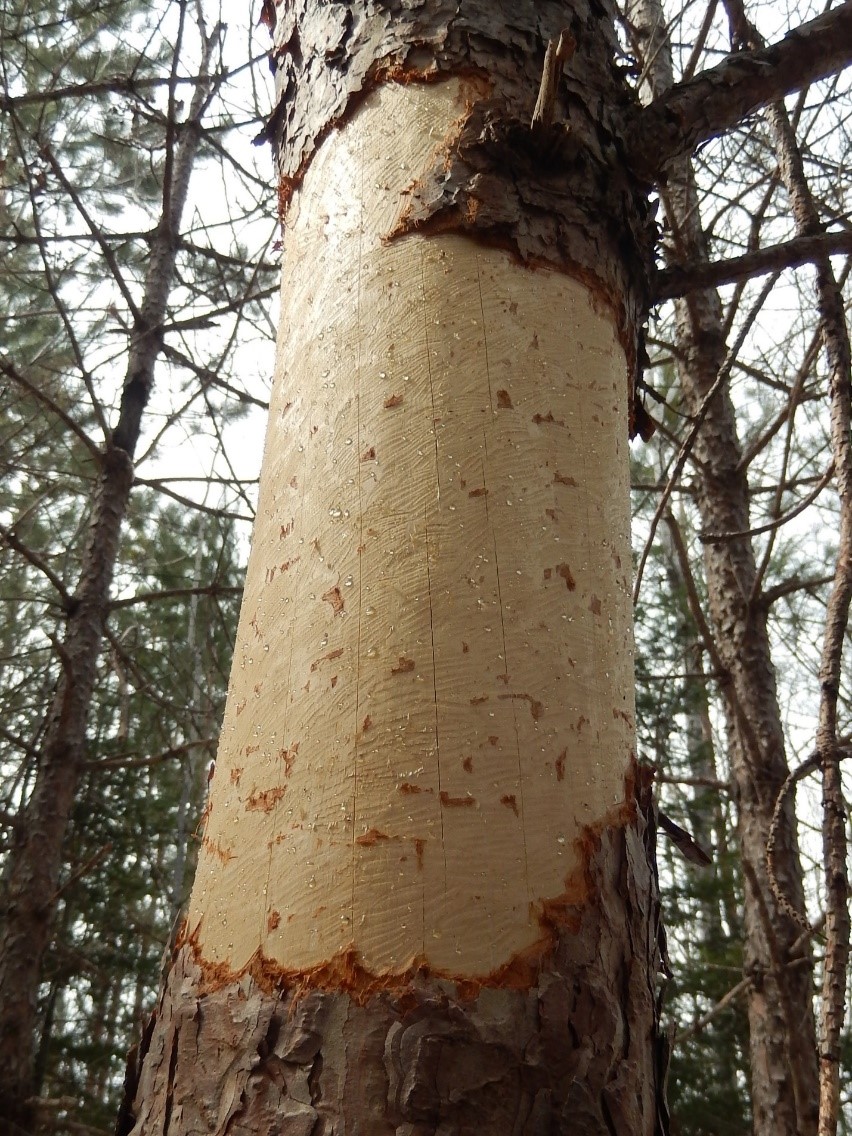
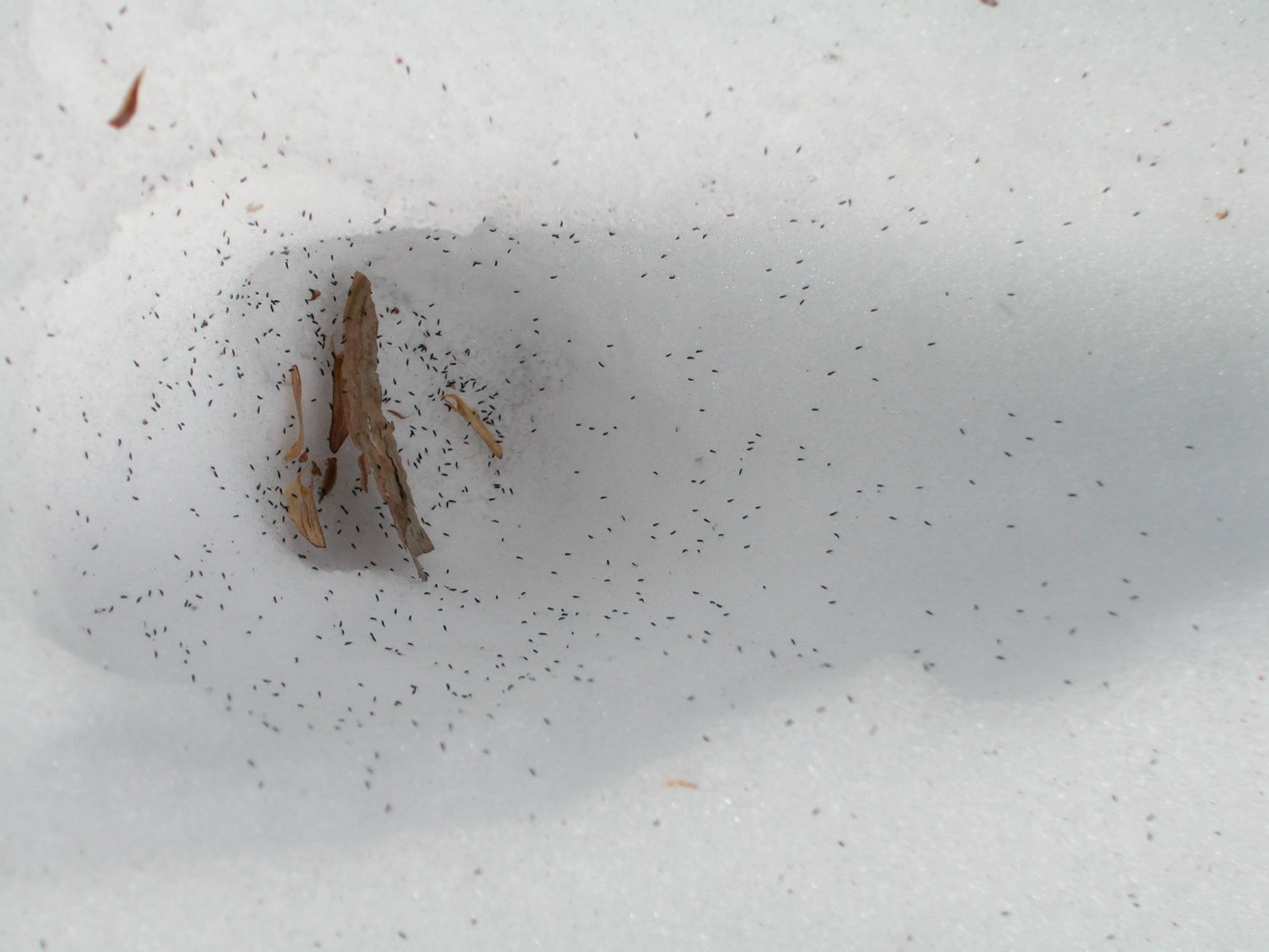
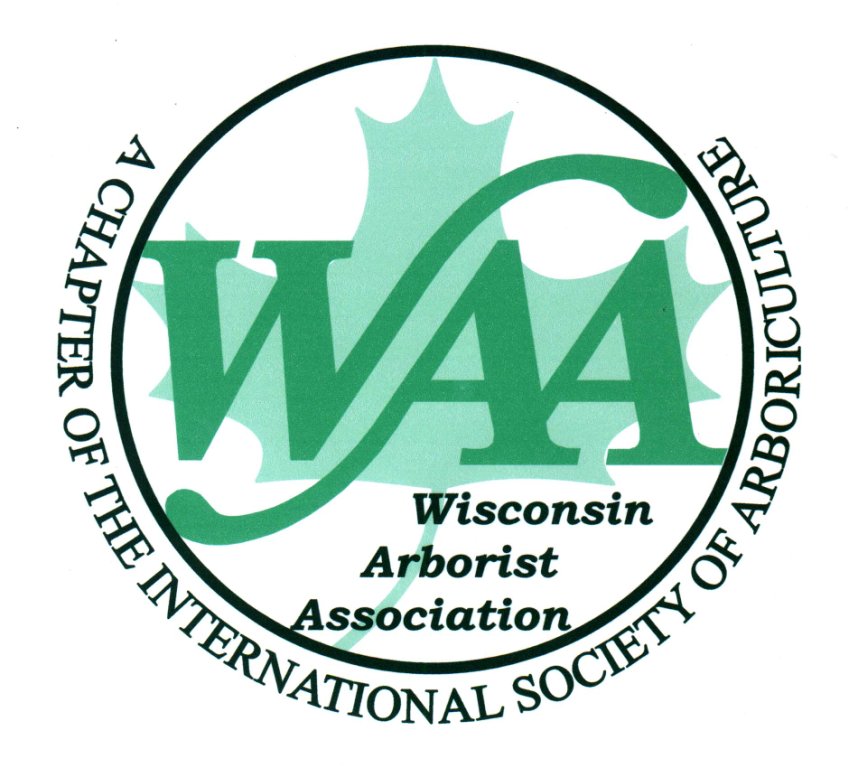 The Wisconsin Department of Natural Resources (DNR) Urban Forestry program will have a virtual booth at the 2021
The Wisconsin Department of Natural Resources (DNR) Urban Forestry program will have a virtual booth at the 2021 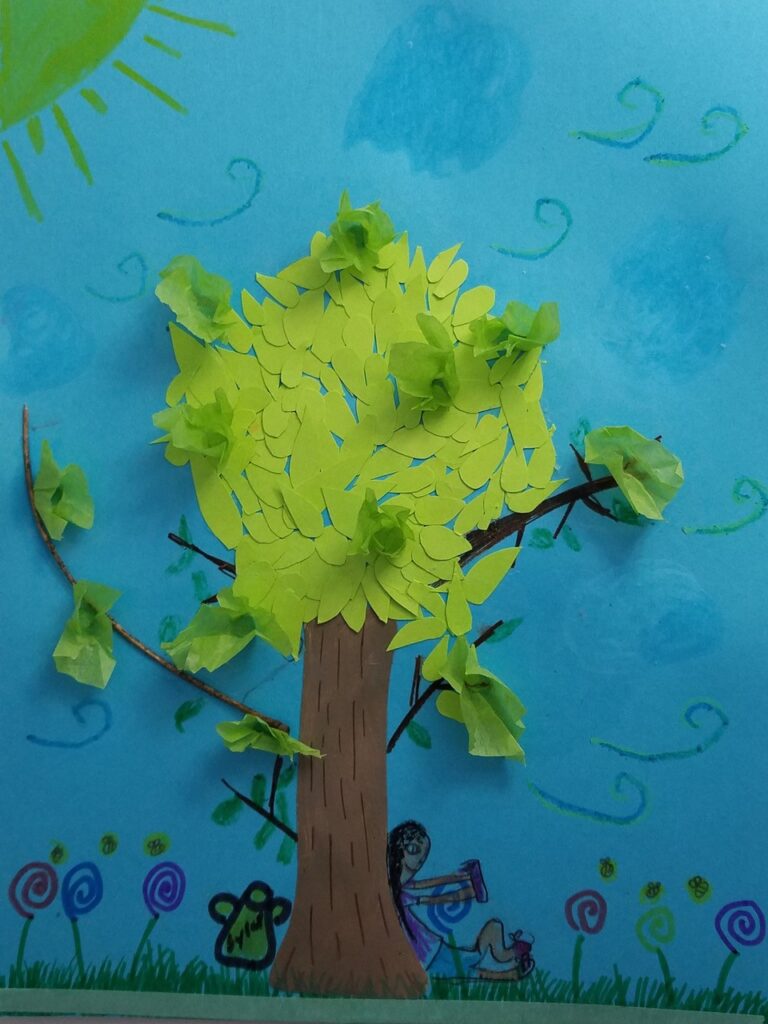 In recent years, Cedarburg’s urban forest was declining. From 2017-2019, less than one-third of removed trees were replaced. “Development, storms, insects (especially emerald ash borer), and disease have reduced the City’s tree canopy by as much as 300 trees… trees which, at present, are not being replaced,” said Kevin Westphal, Cedarburg parks and forestry superintendent, in January 2020.
In recent years, Cedarburg’s urban forest was declining. From 2017-2019, less than one-third of removed trees were replaced. “Development, storms, insects (especially emerald ash borer), and disease have reduced the City’s tree canopy by as much as 300 trees… trees which, at present, are not being replaced,” said Kevin Westphal, Cedarburg parks and forestry superintendent, in January 2020.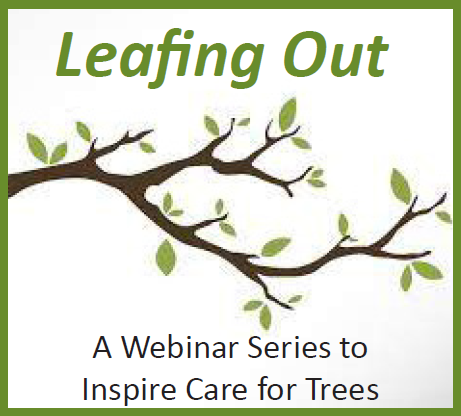
 March 23-24, 2021
March 23-24, 2021